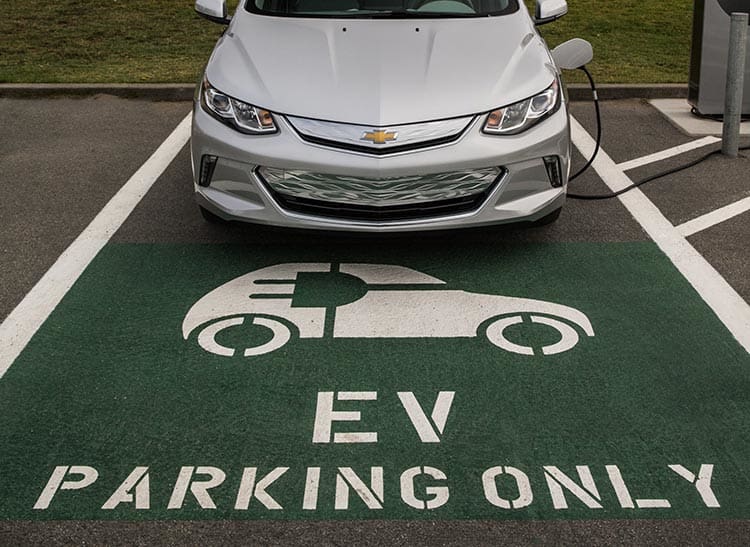As we navigate the complexities of the modern built environment, crucial organizations lead the charge in shaping the future of green building. In this blog, we delve into the significant contributions of key industry players such as the International Code Council (ICC), the American Institute of Architects (AIA), and the United States Green Building Council (USGBC). Let’s explore their roles, recent achievements, and commitment to advancing green building practices.
International Code Council (ICC)
The ICC plays a pivotal role in setting international building codes, providing a foundation for sustainable construction practices worldwide. With a focus on collaboration, the ICC engages a diverse audience, including builders, architects, and policymakers. Recent achievements include noteworthy advancements in international code standards, ensuring that the built environment aligns with global sustainability targets. By fostering collaborations that promote sustainable construction, the ICC stands as a cornerstone in the evolution of green building practices.
United States Green Building Council (USGBC)
At the forefront of the green building movement, the USGBC continues to set benchmarks and redefine industry standards. Surpassing 10,000 LEED project registrations globally and achieving an all-time high in total commercial project certifications, USGBC’s recent successes highlight its commitment to excellence by providing tools and resources to make green building practices commonplace. Beyond accolades, the release of the 2024–2026 Strategic Plan positions USGBC to evolve beyond past achievements, addressing urgent challenges and opportunities in the ever-changing landscape of green building.
USGBC’s commitment extends beyond project certifications, delving into advocacy and policy initiatives. With a focus on reducing embodied carbon, USGBC collaborates with federal agencies, legislators, and stakeholders to drive legislative changes. The passage of the Inflation Reduction Act (IRA) marks a significant step forward, directing federal procurements for low-carbon building materials and supporting initiatives to label and account for life cycle impacts.
Embodied carbon, often overlooked, contributes significantly to global emissions. USGBC addresses this by launching a pilot credit for LEED, encouraging developers to prioritize lower-carbon building materials. The EPA reports that homes and buildings account for over 30% of U.S. emissions, reducing embodied carbon a critical step in mitigating climate change. The IRA provisions allocate funding to label materials with low embodied carbon, standardize environmental product declarations (EPDs), and procure materials with low embodied carbon.
American Institute of Architects (AIA)
Architects shape the physical landscape, and the AIA stands as a driving force behind sustainable and eco-friendly architectural designs. Serving as an influential advocate for architects, AIA’s recent achievements showcase a commitment to pushing the boundaries of green building. Through collaborations with industry leaders, AIA contributes to the promotion and implementation of sustainable practices, emphasizing the critical role architects play in reshaping the world we live in.
In conclusion, the collaborative efforts of industry leaders like ICC, AIA, and USGBC underscore the transformative power of green building. As we celebrate their recent achievements and strategic plans for the future, it’s evident that these organizations play a crucial role in redefining the trajectory of sustainable construction. With a focus on advocacy, policy changes, and reducing embodied carbon, they pave the way for a more resilient, healthier, and equitable built environment. The collective commitment to innovation and progress ensures that the green building movement continues to flourish, setting the stage for a sustainable and thriving future.
